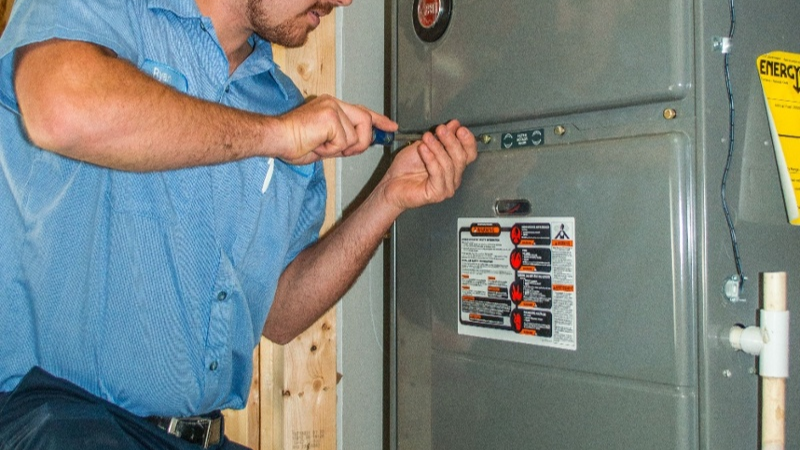Are you tired of dealing with unexpected furnace breakdowns? Not only is it inconvenient and uncomfortable, but it can also be costly to have your furnace repaired constantly. Luckily, there are steps you can take to prevent these issues from occurring.
Spokane furnace repair experts are just a phone call away, so don’t hesitate to ask for professional assistance. With their expertise and top-quality services, you can trust them to keep your furnace in excellent working condition.
This article will discuss preventing furnace issues in a few simple steps.
Step 1: Schedule regular maintenance
Just like any other appliance or equipment, your furnace needs regular maintenance to function correctly. It’s advisable to have a professional HVAC technician service your furnace at least once a year. They will clean and inspect the various components of your furnace, such as the filters, blower, and heat exchanger, to ensure they are all working efficiently. Regular maintenance prevents potential issues and helps your furnace last longer.
Step 2: Replace air filters
Clogged or dirty air filters are a frequent cause of furnace issues. These filters capture dust and particles to prevent them from entering your furnace, keeping it clean and functioning correctly. However, they can restrict airflow and strain your furnace’s motor if they become clogged with dirt and dust. This may cause the system to overheat and potentially result in a breakdown. It would be best to replace your air filters every 1-3 months to prevent these issues.
Step 3: Keep the area around your furnace clean
It’s essential to keep the area around your furnace clean and clutter-free. This includes removing any items blocking the intake or exhaust vents. These vents are crucial for proper airflow and ventilation, and a blockage can cause your furnace to overheat or shut down completely. Maintaining a clean space around your furnace can prevent potential issues and ensure it runs smoothly.
Step 4: Check carbon monoxide detectors
Carbon monoxide is a silent killer that can leak from malfunctioning furnaces. To prevent this danger, regularly check your carbon monoxide detectors and change the batteries when necessary. If you don’t have a carbon monoxide detector, installing one near your furnace is highly recommended for added safety.
Step 5: Address issues early
Don’t ignore any signs of potential issues with your furnace, such as strange noises, unusual smells, or changes in its performance. These could indicate a problem that needs to be addressed before it becomes a significant issue. Overlooking these warning signs may result in expensive repairs or a complete furnace breakdown.
Step 6: Don’t attempt DIY repairs
While it may be tempting to try and fix an issue with your furnace yourself, it’s always best to leave it to the professionals. Attempting DIY repairs not only puts you at risk of injury but also risks causing further damage to your furnace. Instead, contact a trusted HVAC professional for safe and reliable repairs.
Conclusion
Following these simple steps, you can prevent furnace issues and ensure your furnace runs efficiently for years. Remember to schedule regular maintenance, replace air filters, keep the area around your furnace clean, check carbon monoxide detectors, address issues early on, and leave repairs to the professionals.
